Exploring the Majestic City: Delhi The Capital of India
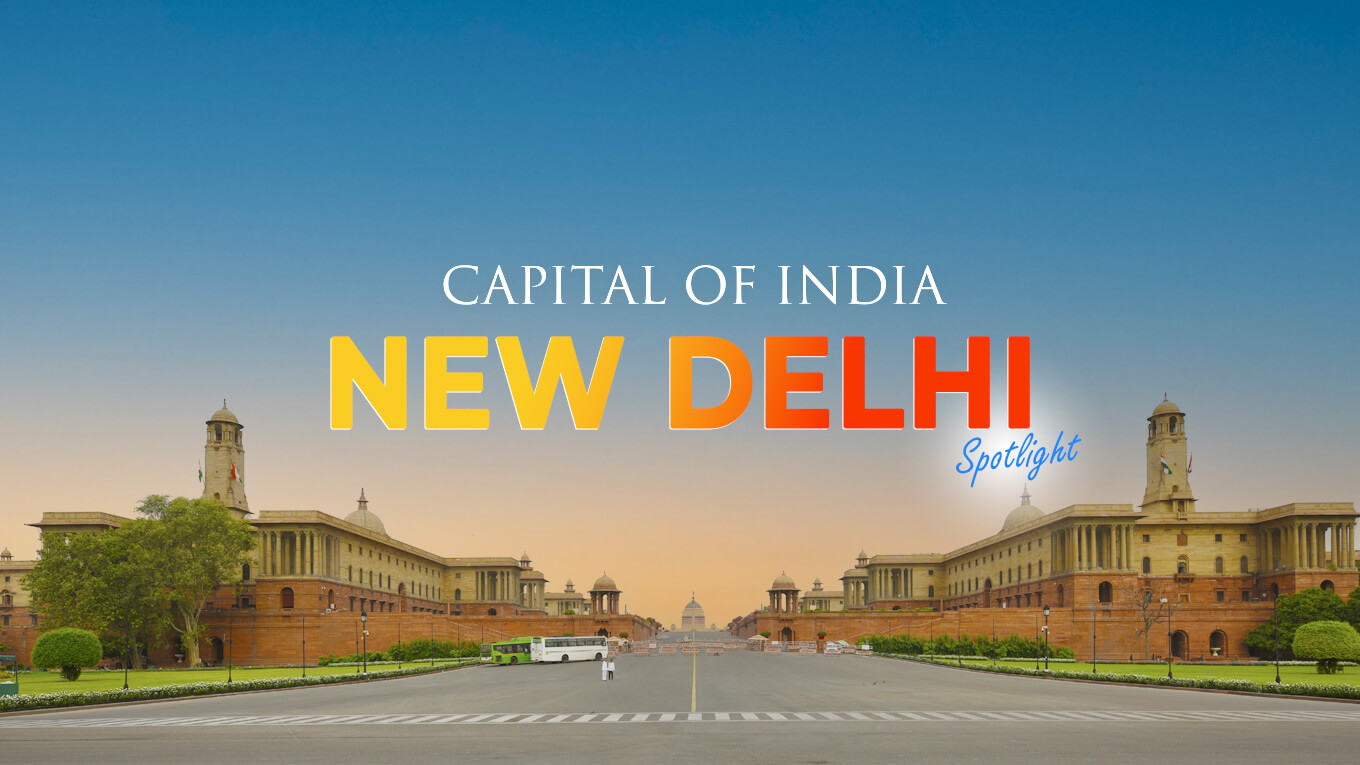
Day 1: Exploring the Cultural Heritage
Forenoon: Birla Mandir, Jantar Mantar, and Raj Ghat
Our much-awaited two-day tour to Delhi with my beloved wife, Geethu, began with boundless excitement and curiosity. The first day was dedicated to exploring Delhi’s rich cultural heritage, and we commenced our journey with a visit to the magnificent Birla Mandir. The grand temple’s marble architecture and intricate carvings left us in awe, and the spiritual ambiance filled our hearts with tranquility.
Birla Mandir, also known as Laxminarayan Temple, is a revered Hindu temple in Delhi, India. Constructed in the 1930s by the Birla family, it honors Goddess Laxmi and Lord Narayan. The temple’s architectural beauty lies in the fusion of traditional Hindu design with modern elements. Made predominantly of white marble, it radiates elegance and serenity.
The main sanctum houses exquisite idols of Goddess Laxmi and Lord Narayan, adorned with intricate jewelry. The walls feature captivating carvings and sculptures depicting Hindu epics. Birla Mandir’s historical significance includes being a meeting place for freedom fighters during India’s struggle for independence.
What sets Birla Mandir apart is its inclusive approach to religion. Welcoming people of all faiths, it promotes religious harmony. Cultural and religious events are held throughout the year, celebrating festivals like Diwali and Navratri with enthusiasm.
Perched on a hill, the temple offers a breathtaking view of Delhi’s landmarks like India Gate and Rashtrapati Bhavan. Visitors are enchanted by its spiritual ambiance and scenic splendor.
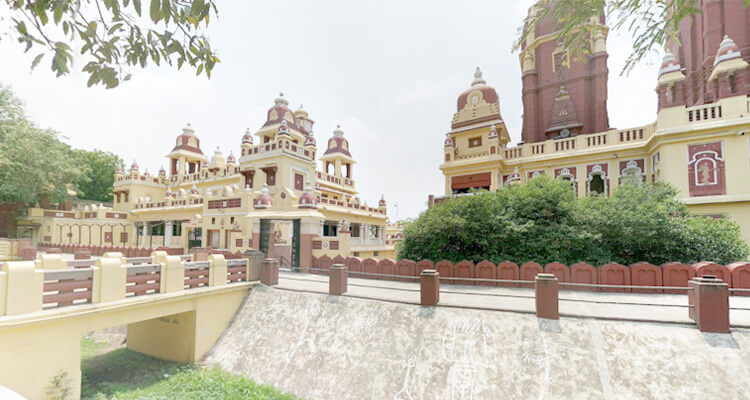
Birla Mandir is more than a place of worship; it is a cultural gem, representing India’s diversity, architectural brilliance, and spiritual heritage. Its tranquil environment makes it a cherished destination for seekers of solace and spirituality amidst Delhi’s bustling city life.
Next on our list was Jantar Mantar, the renowned astronomical observatory. Standing amidst ancient instruments of astronomical marvel, we were amazed by the wisdom and precision of the astronomers of the bygone era. The experience was both enlightening and humbling.
Jantar Mantar, built during the 18th century by Maharaja Jai Singh II of Jaipur, this remarkable structure is one of five similar observatories constructed across India.
The term “Jantar Mantar” is derived from the Sanskrit words “Jantar,” meaning instrument, and “Mantar,” meaning calculation. This observatory was designed to aid in the study of celestial bodies and to accurately measure time and space. Maharaja Jai Singh II, being an avid astronomer, was motivated to create Jantar Mantar to improve the existing astronomical tables and charts.
The site is spread across a vast area and features a collection of thirteen unique architectural instruments. These instruments are designed to measure various astronomical phenomena, such as the positions of the sun, moon, and stars, the altitudes and azimuths of celestial bodies, and the equinoxes and solstices. Some of the most notable instruments at Jantar Mantar include the Samrat Yantra (giant sundial), Jayaprakash Yantra, Misra Yantra, and Ram Yantra.
The Samrat Yantra is the most striking feature of Jantar Mantar. It is an immense sundial that stands at a height of 27 meters and is positioned at an angle that corresponds to the latitude of Delhi. The shadow cast by the Samrat Yantra’s gnomon can accurately indicate the local time with incredible precision.
Jantar Mantar was recognized as a UNESCO World Heritage Site in 2010 due to its cultural and historical significance. Today, it continues to be a popular tourist attraction and a destination for researchers and astronomers from around the world. It provides a fascinating glimpse into the astronomical knowledge and architectural brilliance of ancient India.
Visitors to Jantar Mantar can not only marvel at the impressive instruments but also gain insights into the astronomical expertise of the past. It stands as a testament to India’s scientific heritage and serves as a reminder of the profound interest in understanding the cosmos that has existed for centuries.
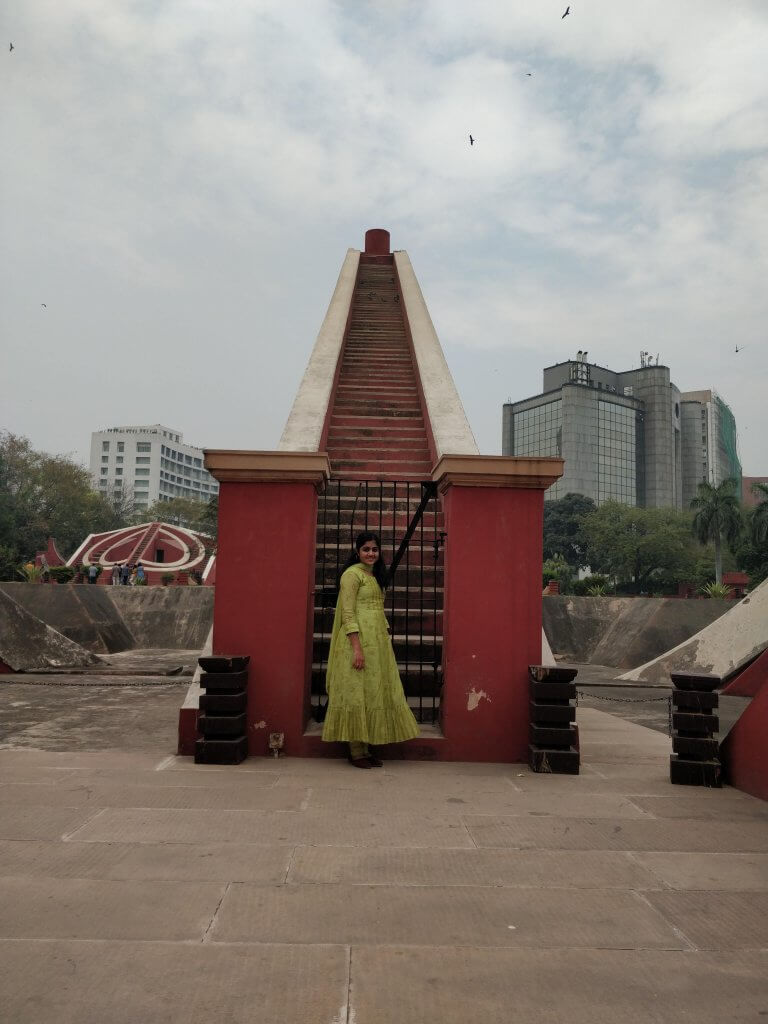
As the day continued, we paid our respects at Raj Ghat, the serene memorial dedicated to Mahatma Gandhi. The peaceful gardens and the eternal flame symbolized the indomitable spirit of the father of our nation, leaving us with a deep sense of reverence.
The term “Ghat” in Hindi refers to a series of steps leading to a body of water, and Raj Ghat is situated on the banks of the Yamuna River. The memorial consists of a simple black marble platform that marks the spot where Mahatma Gandhi’s last rites were performed after his assassination on January 30, 1948. The serene surroundings and well-maintained gardens offer a tranquil space for reflection and remembrance.
An eternal flame burns continuously at one end of the platform, symbolizing Gandhi’s undying legacy and the eternal presence of his principles in the hearts of the Indian people. Millions of visitors, both from India and around the world, visit Raj Ghat each year to pay their respects to the great leader, offering flowers, garlands, and prayers as a tribute to his philosophy of truth, non-violence, and self-reliance.

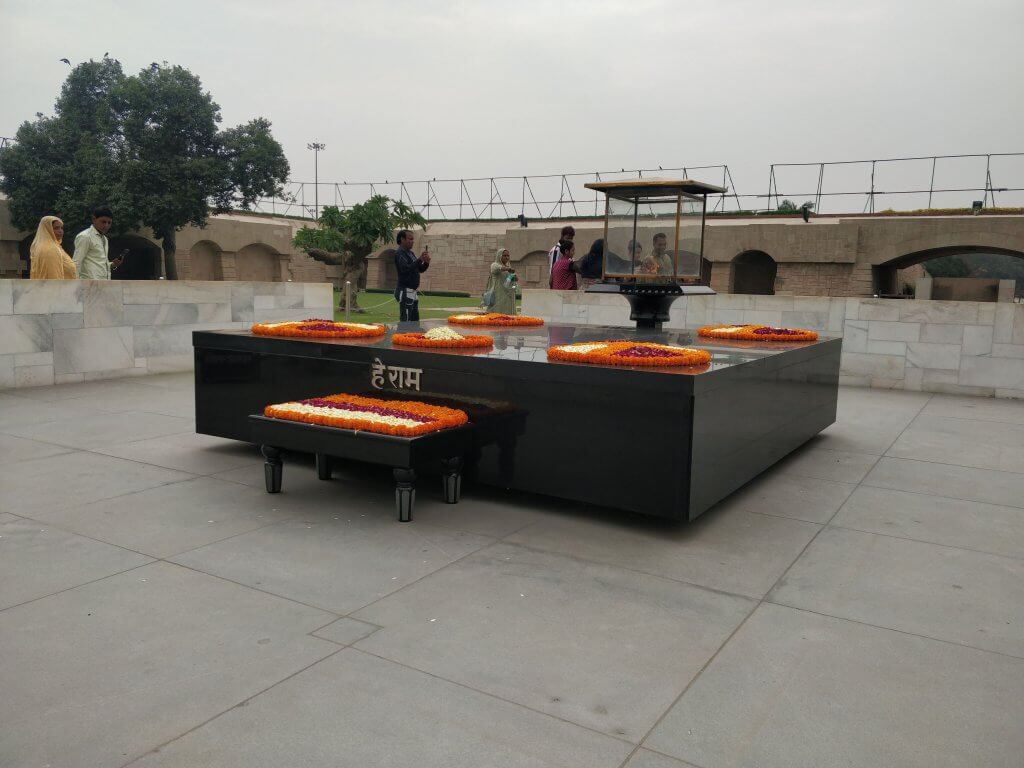
Adjacent to Raj Ghat, there is a museum called the Gandhi Memorial Museum. This museum houses a vast collection of photographs, paintings, and relics associated with Mahatma Gandhi’s life and his struggle for India’s independence. It provides visitors with a comprehensive understanding of Gandhi’s ideology and his significant role in shaping India’s destiny.
Apart from Raj Ghat, Delhi boasts several other associated memorials that hold historical and architectural significance. One such memorial is Shakti Sthal, the cremation site of India’s first female Prime Minister, Indira Gandhi. Located near Raj Ghat, Shakti Sthal is a memorial dedicated to her memory and her contributions to the nation.
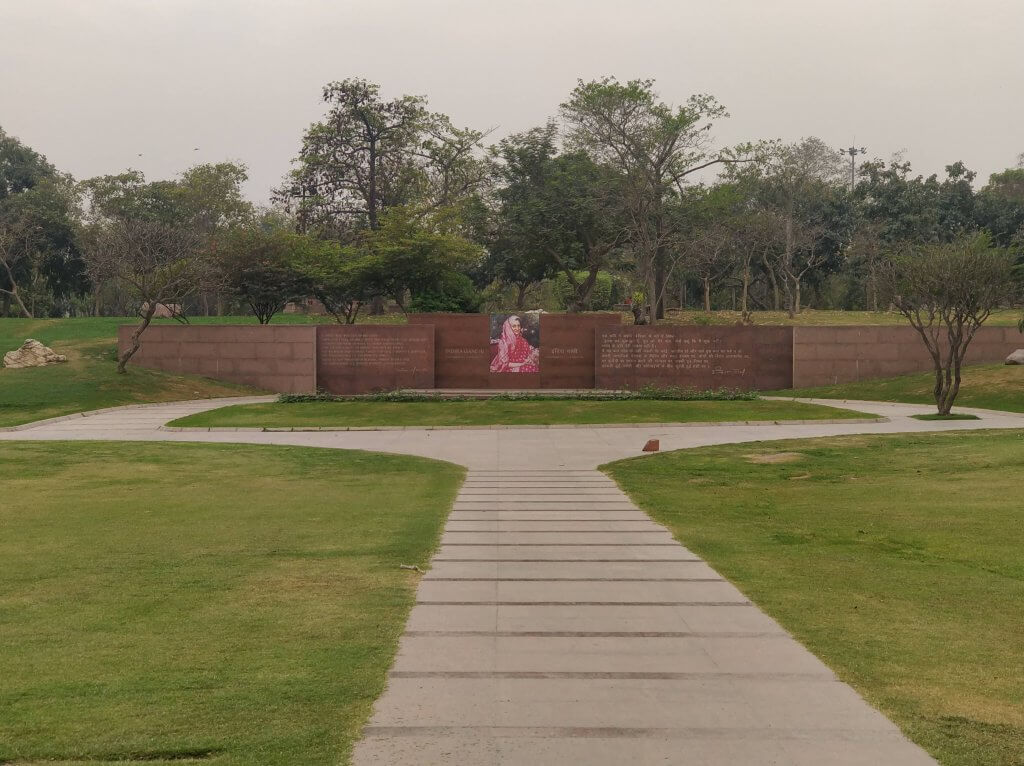
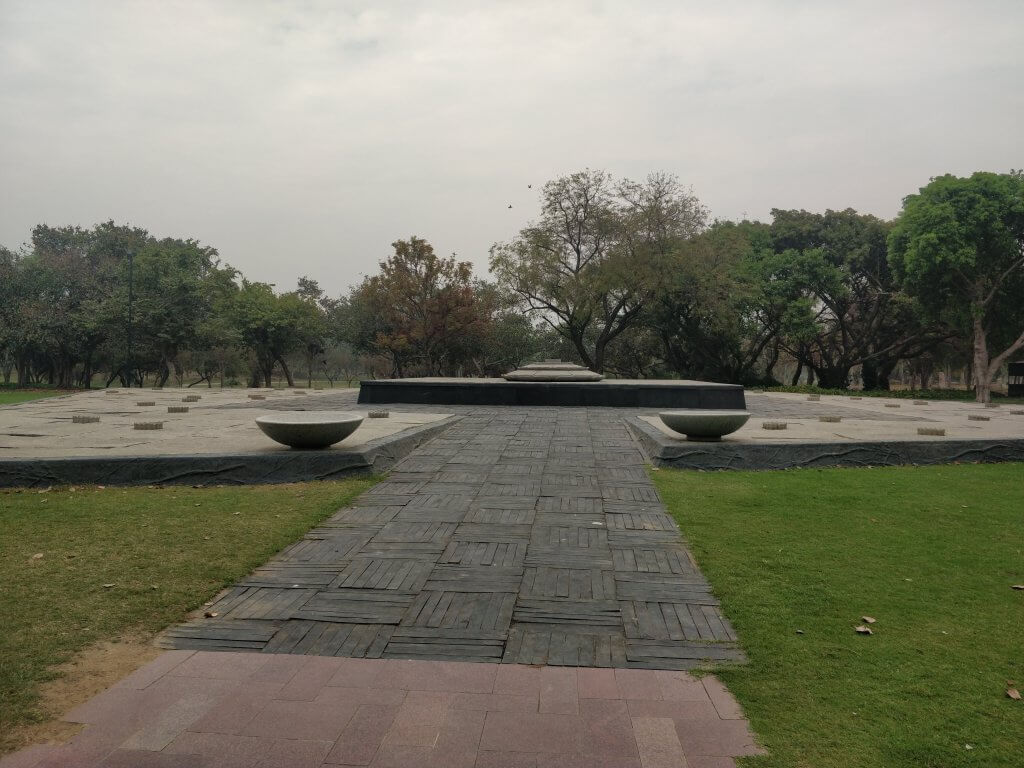
Another memorial in close proximity is Vijay Ghat, dedicated to India’s second Prime Minister, Lal Bahadur Shastri. Vijay Ghat stands as a tribute to Shastri’s leadership during challenging times and his slogan “Jai Jawan Jai Kisan,” which means “Hail the Soldier, Hail the Farmer.”
Furthermore, the memorial of Rajiv Gandhi, India’s sixth Prime Minister, known as Veer Bhumi, is situated a short distance from Raj Ghat. This memorial commemorates Rajiv Gandhi’s dedication to modernizing India and his tragic assassination.
These associated memorials in Delhi collectively pay homage to the visionary leaders who shaped India’s destiny and contributed to the country’s growth and development. They serve as reminders of their enduring legacy and continue to inspire generations with their ideals and principles. These sites hold a special place in the hearts of the Indian people and are an essential part of the nation’s historical and cultural heritage.
Afternoon: Lotus Temple, Qutub Minar, and India Gate
After a delectable lunch at a local eatery, we proceeded to the awe-inspiring Lotus Temple. The flower-like Bahá’í House of Worship mesmerized us with its unique lotus-inspired architecture and the spirit of oneness it embodies.
Next stop was the iconic Qutub Minar, a UNESCO World Heritage Site. Standing tall and proud, the tower narrated stories of India’s rich history. We marveled at its intricate calligraphy and architectural brilliance.
The Qutub Minar is a tall minaret that stands at a height of approximately 73 meters (240 feet) with a base diameter of 14.3 meters (47 feet) and tapering to 2.7 meters (9 feet) at the top. The monument’s construction was initiated by Qutub-ud-din Aibak, the first ruler of the Delhi Sultanate, in 1192. It was later completed by his successor, Iltutmish, and further enhanced by subsequent rulers.
The minaret is made of red sandstone and marble and is adorned with intricate carvings and verses from the Quran. Its architectural style is a perfect blend of Indo-Islamic influences, displaying elements of Persian, Turkish, and Indian architecture. The five distinct storeys of the Qutub Minar are separated by intricately decorated balconies, adding to its grandeur.
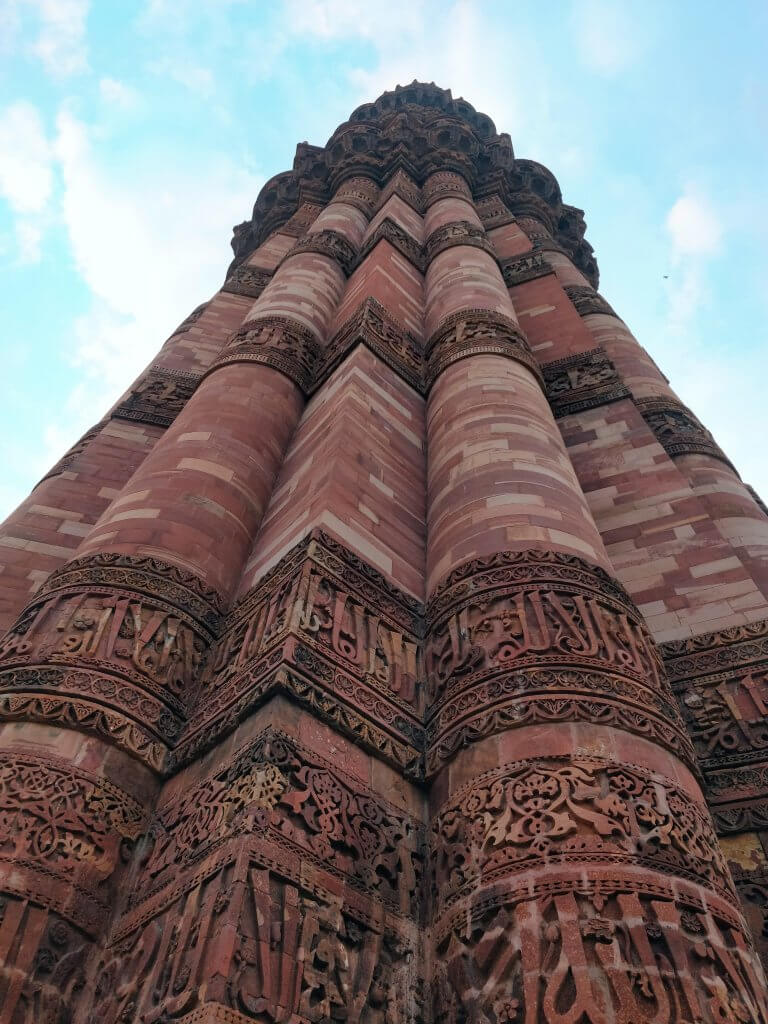
The most striking feature of the Qutub Minar is its unique fluted design, with alternating bands of intricate carvings and calligraphy. Each storey is marked by projecting balconies and distinctive ornamentation, creating a mesmerizing visual appeal. The minaret’s topmost storey was damaged by lightning in the 14th century, and Firoz Shah Tughlaq, another ruler of the Delhi Sultanate, reconstructed it with marble and added the final balcony.
Adjacent to the Qutub Minar stands the Quwwat-ul-Islam Mosque, which is one of the earliest surviving mosques in India. Built by Qutub-ud-din Aibak, it features stunning architecture with intricate columns and carvings, including elements from Hindu and Jain temples, reflecting the assimilation of various cultures during that period.
Within the Qutub Minar complex, visitors can also find the Iron Pillar, a remarkable iron column standing over 7 meters high. The pillar, believed to be from the 4th century CE, still bears inscriptions in Sanskrit, attesting to the advanced metallurgical techniques of ancient India.
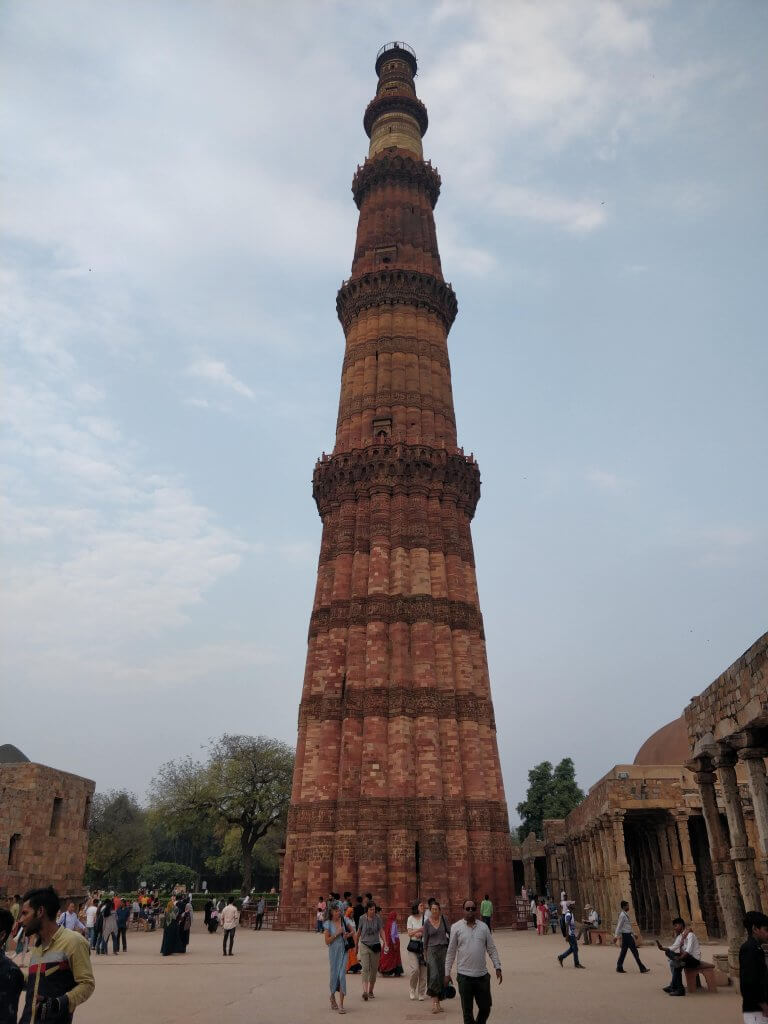
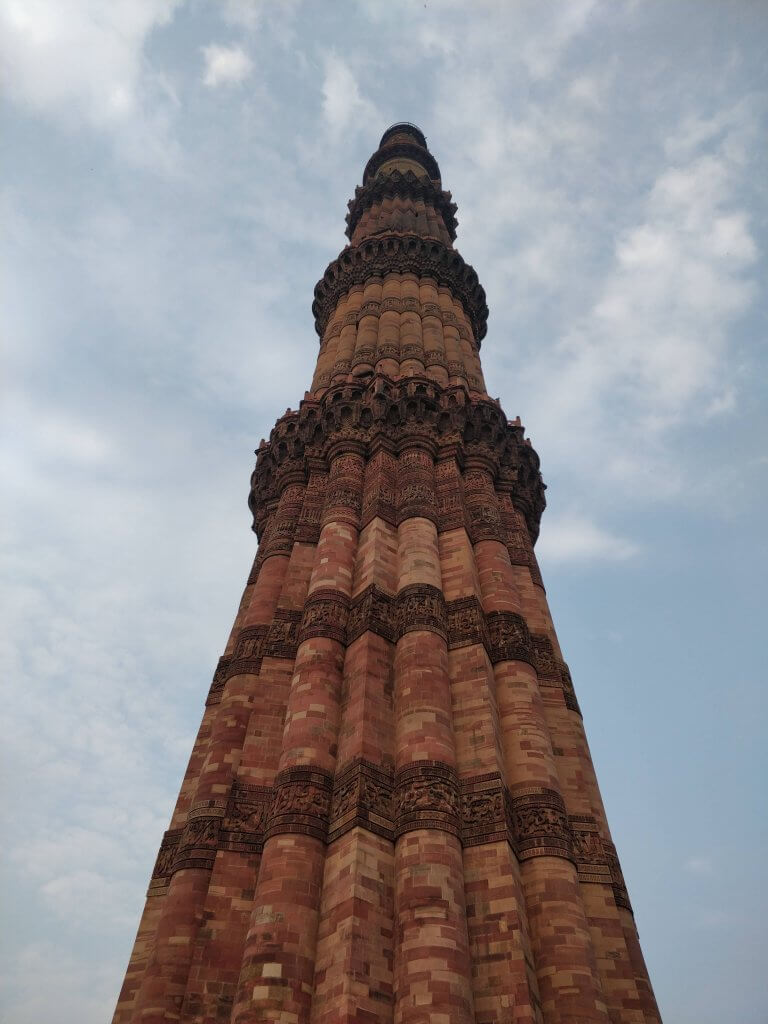
Today, the Qutub Minar complex is not only a major tourist attraction but also a site of historical and architectural research. It stands as a testament to India’s rich heritage and the enduring legacy of its past rulers and civilizations. The Qutub Minar continues to captivate visitors with its timeless beauty, making it an integral part of Delhi’s cultural landscape and an essential destination for history enthusiasts and architecture lovers.
As the sun began to set, we found ourselves in the majestic presence of India Gate. The sprawling lawns and the eternal flame at the Amar Jawan Jyoti monument reminded us of the sacrifices made by our brave soldiers. A walk along the promenade filled us with patriotism and gratitude.


Evening: The Illuminated War Memorial
In the evening, we visited the War Memorial at India Gate. As the day slowly transitioned into the night, the monument came alive with mesmerizing lights, paying homage to the valiant souls who gave their lives for our nation. The evening atmosphere evoked a sense of reflection and gratitude, and we left with a deep appreciation for our country’s history and the sacrifices made for its freedom.


Day 2: A Stroll through Political Elegance
Early Morning: Rashtrapati Bhavan and Rashtrapati Bhavan Museum
The second day began with a visit to the magnificent Rashtrapati Bhavan . As we admired the grandeur of the President’s official residence, we couldn’t help but marvel at its architecture, which blended Indian and European styles seamlessly.
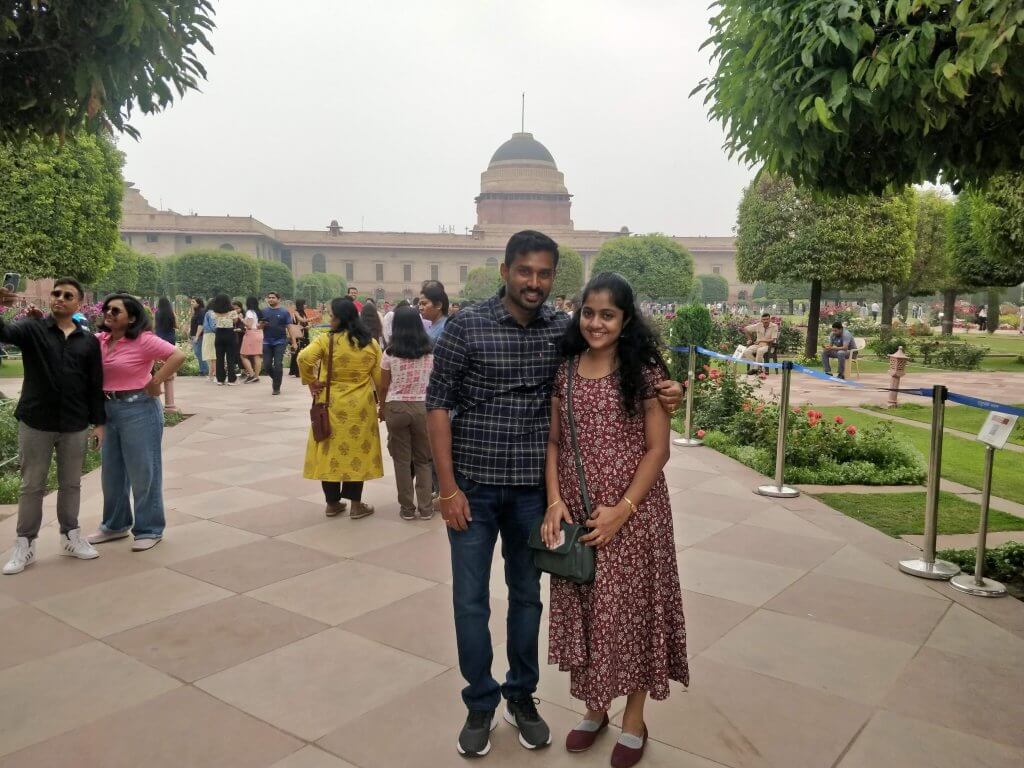
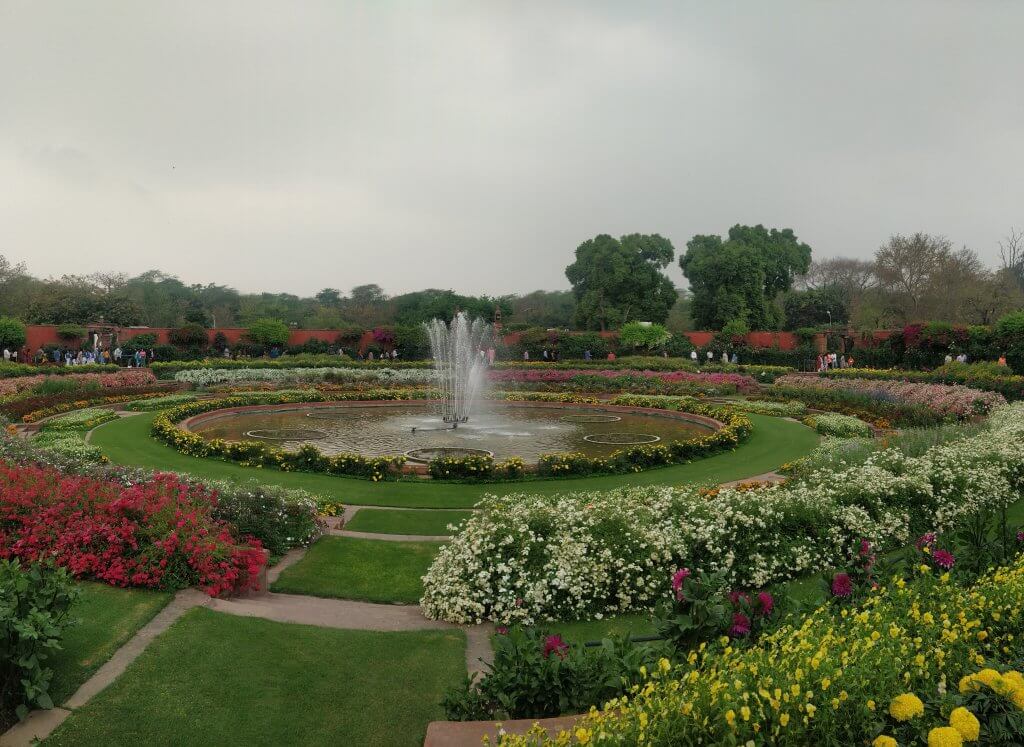
The Rashtrapati Bhavan Museum was our next destination. The museum housed a remarkable collection of artifacts and memorabilia from India’s political history, offering us insights into the lives and contributions of the country’s leaders. We left with a newfound appreciation for India’s democratic journey.
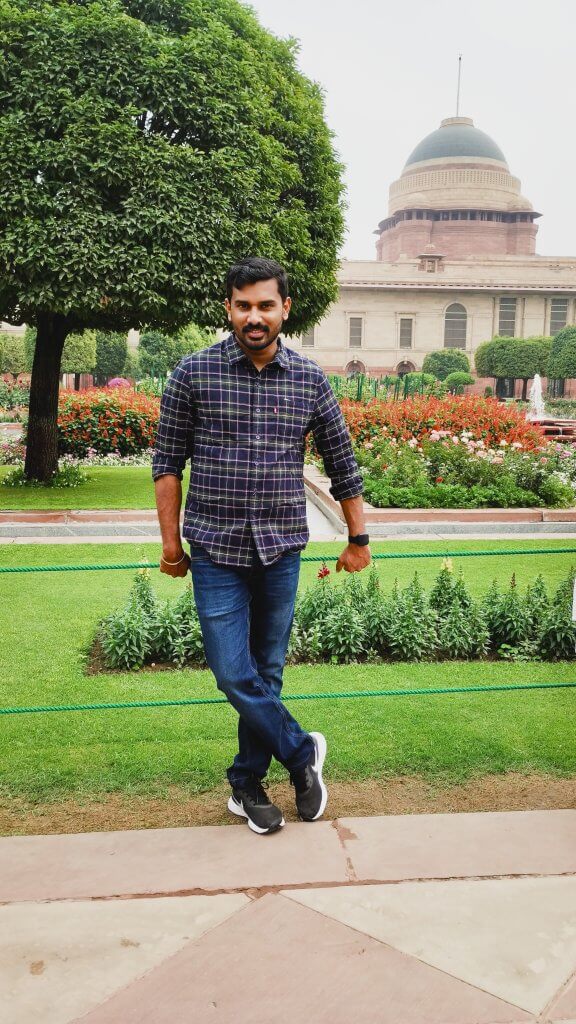

Our two-day escapade in Delhi had been an extraordinary experience, a perfect blend of spirituality, culture, and history. The city had left an indelible mark on our hearts, and we departed with memories to cherish for a lifetime.
As the sun set on our Delhi adventure, we knew that we had not only explored the city’s iconic landmarks but also delved into its soul—the spirit that binds the old with the new and celebrates the unity in its diversity.
If you ever plan a trip to India, do not miss the enchanting capital city of Delhi. It has something unique and magical to offer to every traveler.
